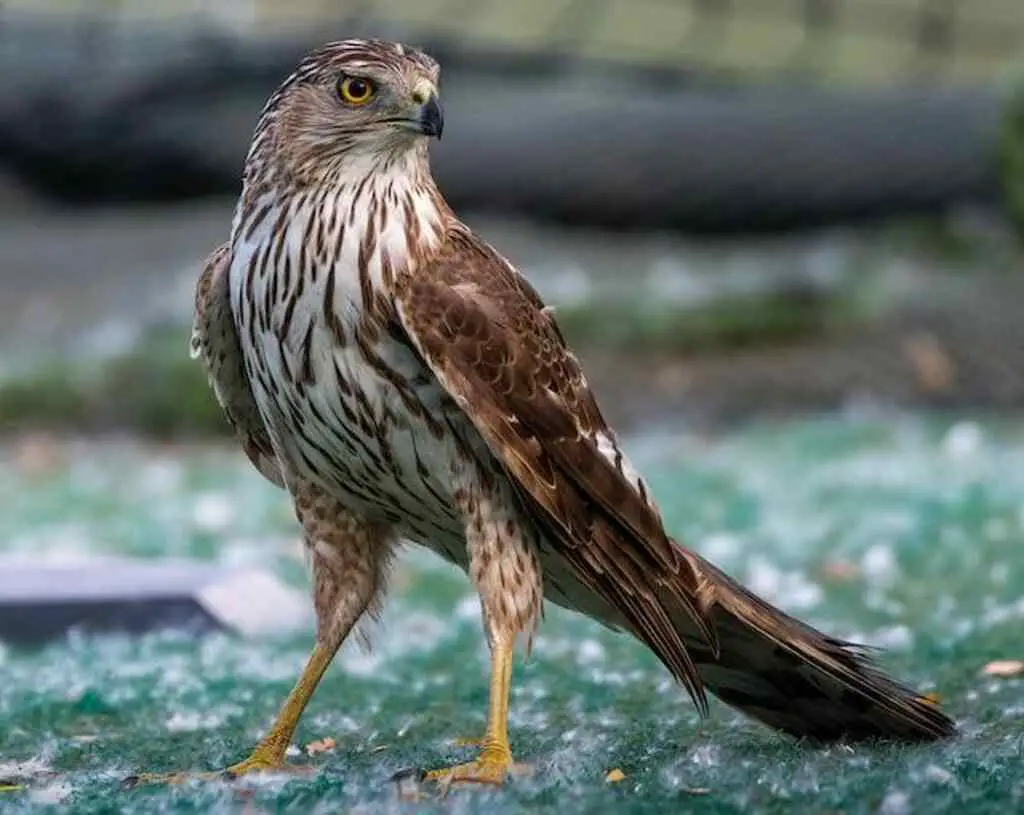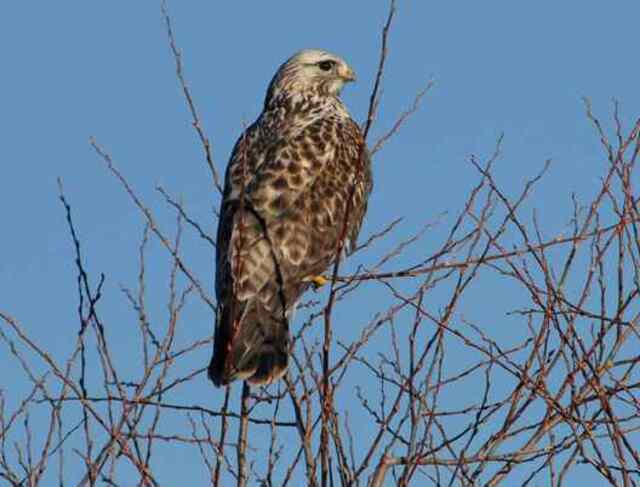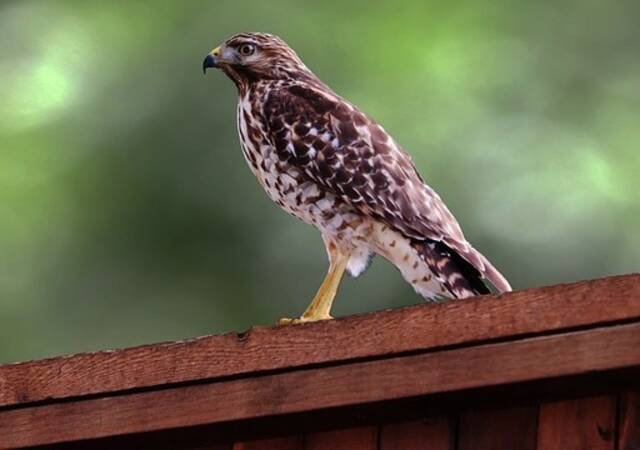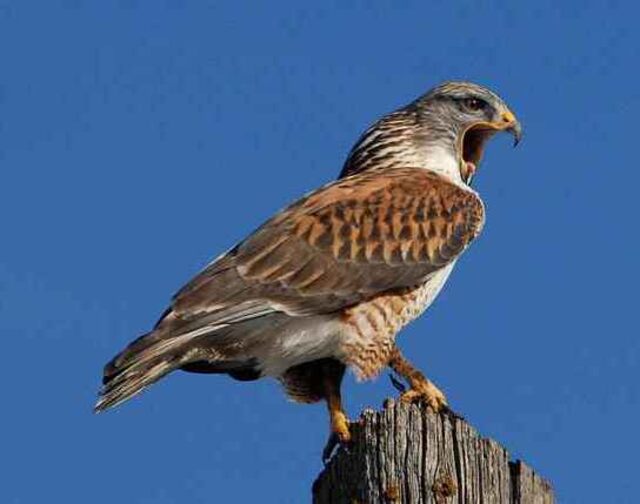Do Hawks And Eagles Get Along? Hawks and eagles, the iconic rulers of the sky, have captured our imaginations with their hunting prowess and soaring abilities. Despite their shared traits, they belong to distinct bird groups.
Hawks, such as the Red-tailed Hawk and the Cooper’s Hawk, belong to the Accipitridae family. Eagles, including the Bald Eagle and the Golden Eagle, belong to the family Accipitridae.
In this article, we’ll explore the intriguing relationship between these magnificent birds, uncovering their unique characteristics, divergent habitats, and contrasting hunting strategies.
Get ready for a captivating exploration of the dynamics between hawks and eagles in the wild. Prepare to soar into a world where similarities meet distinctions and nature’s drama unfolds before your eyes!
Table of Contents
- 1 Key Takeaways
- 2 Do Hawks And Eagles Get Along?
- 3 Overview of Hawks and Eagles
- 4 Habitat and Distribution
- 5 Hunting and Feeding Habits
- 6 Territorial Behavior
- 7 Nesting and Breeding
- 8 Interactions in the Wild
- 9 Factors Affecting their Relationship
- 10 Conservation Concerns
- 11 Frequently Asked Questions
- 11.1 How do hawks and eagles communicate with each other?
- 11.2 What is the average lifespan of a hawk or eagle in the wild?
- 11.3 Do hawks and eagles ever mate with each other to create hybrids?
- 11.4 How do hawks and eagles defend themselves against predators?
- 11.5 Can hawks and eagles be trained to hunt together for human purposes?
- 12 Conclusion
- 13 Author
Key Takeaways
- Hawks and eagles are birds of prey with distinct differences in appearance, behavior, and hunting strategies.
- Coexistence strategies and prey competition play a significant role in determining the prey selection of these raptors.
- Interactions between different species of raptors in the wild can provide valuable insights into their behavior and ecological relationships, with factors affecting their relationship including dominance hierarchy, habitat, food availability, and competition for resources.
- Eagles prey on hawks, but there are also instances where hawks have been observed mobbing eagles to protect their nests.
Do Hawks And Eagles Get Along?
Hawks and eagles, two majestic birds of prey, have complex relationships in the wild. While they may coexist peacefully at times, clashes are not uncommon. Factors like competition for food and territory influence their interactions.
Understanding the dynamics between these remarkable predators provides insights into their fascinating coexistence and occasional conflicts.
Overview of Hawks and Eagles
An examination of the physical characteristics, behaviors, and habitats of hawks and eagles reveals distinct differences between the two bird species.
Hawks are generally smaller in size, with shorter wingspans and tails, and tend to have a more compact body shape.
Eagles, on the other hand, are larger, with longer wingspans and tails, and have a more powerful, muscular build.
Behavioral differences between hawks and eagles are also noticeable, with hawks being more agile, swift, and prone to hunting small prey, while eagles are known for their strength and ability to hunt larger prey.
Despite these differences, evolutionary similarities exist between the two bird species, as both hawks and eagles belong to the Accipitridae family and share common ancestry.
This section provides an overview of the physical and behavioral differences between hawks and eagles, setting the stage for a discussion of their respective habitats and distribution.
Habitat and Distribution
The natural habitats and geographical distribution of hawks and eagles play a crucial role in their ability to coexist within their ecosystems. These raptors are found across the world, from the Arctic tundra to tropical rainforests.
Hawks can be found in a wide range of habitats, including forests, deserts, and grasslands, whereas eagles tend to prefer more open environments such as mountains, coastlines, and wetlands.
Both species require large territories to hunt and nest, and habitat conservation is essential for their survival.
The population growth of these birds is also influenced by factors such as climate change and human activities, including habitat loss and fragmentation, hunting, and pesticide use.
Understanding the habitat and distribution of hawks and eagles is crucial for their conservation and management.
Moving onto the next section, hunting and feeding habits are also important factors that affect the relationship between these two species.
Hunting and Feeding Habits
The Hunting and Feeding Habits of hawks and eagles are fascinating topics to explore. These birds of prey have unique abilities to hunt and capture their prey, which includes a diverse range of animals such as rodents, fish, and small mammals.
Prey selection and hunting techniques are crucial aspects of their survival, and understanding these behaviors can provide valuable insights into their ecology and evolutionary history.
Prey Selection
Predation patterns of hawks and eagles can provide insight into their preferences for certain types of prey. Coexistence strategies and prey competition play a significant role in determining the prey selection of these raptors.
Hawks, being smaller, tend to hunt for smaller prey such as rodents, insects, and reptiles, while eagles prefer larger prey like fish, birds, and mammals.
However, both species have been known to hunt for similar prey, leading to competition for resources. This competition can lead to changes in hunting behavior and prey selection.
Despite this competition, hawks and eagles have found ways to coexist in the same habitat by occupying different ecological niches.
As we delve deeper into the hunting techniques of these raptors, we can understand how they have adapted to their environment to become efficient predators.
Hunting Techniques
When it comes to the art of hunting, raptors such as hawks and eagles have developed distinct techniques that allow them to maximize their chances of success.
Comparing their techniques, hawks tend to hunt in open areas, relying on their speed and agility to catch prey on the ground or in midair.
On the other hand, eagles have adapted to hunt in more wooded areas, where they can take advantage of their powerful talons to snatch prey from the branches or foliage.
Both hawks and eagles also use various strategies to increase their chances of success, such as perching on high vantage points to scan for prey or working in pairs to flush out potential targets.
These adaptations and strategies have allowed these birds of prey to thrive in their respective environments.
As we delve deeper into their behavior, we will explore how territorial behavior plays a role in their survival.
Territorial Behavior
Territorial behavior is a key factor in the interaction between hawks and eagles, as both species fiercely defend their respective territories from intruders.
Hawks and eagles are known to be highly aggressive towards each other, with aggression triggers including food scarcity, nesting sites, and mate selection.
While hawks are generally solitary birds, eagles are more social and often form communal groups.
This social behavior can sometimes lead to conflicts between different eagle groups, and even between eagles and hawks.
In order to defend their territories, hawks and eagles use a variety of tactics including vocalizations, aerial displays, and physical attacks.
Despite their aggressive behavior towards each other, both hawks and eagles play an important role in maintaining the balance of their respective ecosystems.
In the subsequent section about nesting and breeding, we will explore how these territorial behaviors play a role in the reproduction and survival of these magnificent birds of prey.
Nesting and Breeding
The nesting and breeding behaviors of hawks and eagles are essential to their survival and the maintenance of their respective ecosystems.
Breeding patterns vary between different species of hawks and eagles, but generally, they mate for life and engage in elaborate courtship displays.
Nests are constructed high up in trees or on cliffs, and both parents take turns incubating the eggs and caring for the young. Hawks typically lay 2–4 eggs, while eagles lay 1–3 eggs.
Nesting behavior is also important for maintaining a healthy population of these birds. For example, if the birds are disturbed during nesting, they may abandon their nest, which can lead to a decline in the population.
Understanding these behaviors is crucial for conservation efforts and the preservation of these magnificent birds.
Moving forward, it is important to examine the interactions between hawks and eagles in the wild, as this can provide further insight into their behavior and relationship with each other.
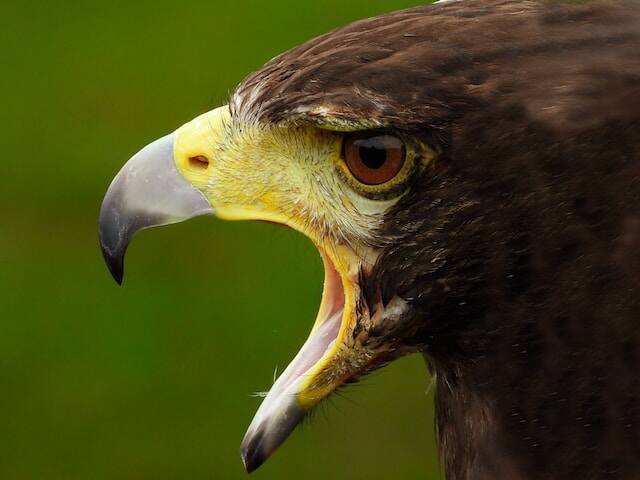
Interactions in the Wild
Interactions between different species of raptors in the wild can provide valuable insights into their behavior and ecological relationships.
When it comes to hawks and eagles, their interactions in the wild are often characterized by predator-prey relationships.
While eagles are known to prey on hawks, there are also instances where hawks have been observed mobbing eagles to protect their nests.
These interactions are not limited to hunting and defense tactics, as interspecies communication has also been observed.
For example, hawks have been known to use distinct vocalizations to communicate with eagles and other raptors.
A table below illustrates the different types of interactions observed between hawks and eagles in the wild.
| Types of Interactions | Description |
|---|---|
| Hunting | Eagles prey on hawks |
| Defense | Hawks mob eagles to protect their nests |
| Communication | Hawks use distinct vocalizations to communicate with eagles and other raptors |
Factors affecting their relationship include habitat, food availability, and competition for resources.
Factors Affecting their Relationship
Interactions between hawks and eagles in the wild are complex and can be influenced by various factors.
One such factor is the dominance hierarchy between the two species, as eagles are generally larger and more powerful than hawks. This may lead to interspecific competition for resources such as prey and nesting sites.
However, the relationship between hawks and eagles is not always one of competition; in some cases, hawks may benefit from the presence of eagles by scavenging their kills.
Ultimately, the relationship between hawks and eagles is shaped by a complex interplay of ecological and environmental factors.
Understanding these factors can help us to better protect these magnificent birds and ensure their continued survival.
Conservation Concerns
Conservation efforts for both hawks and eagles are crucial due to various threats to their survival, including habitat loss, pollution, and hunting. Human impact has played a significant role in the population decline of these birds.
Habitat loss due to deforestation and urbanization has led to a reduction in their prey base and nesting sites.
Pollution, especially from pesticides, has affected their reproductive success, leading to lower numbers of offspring. Hunting, both legal and illegal, has also contributed to the decline of these birds.
Despite the efforts of conservation organizations, the survival of hawks and eagles remains a concern.
Future research should focus on identifying key areas for habitat conservation and reducing the impact of human activities on their populations.
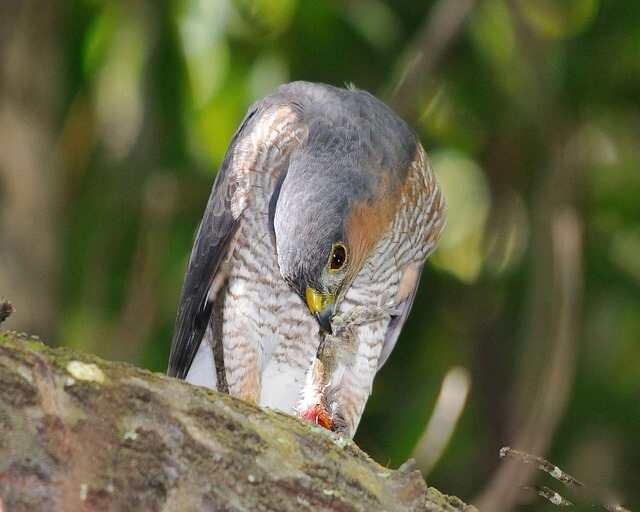
Frequently Asked Questions
How do hawks and eagles communicate with each other?
Hawks and eagles primarily communicate with vocal cues and body language. The relationship between them in the wild is influenced by social hierarchy and territorial behavior.
Objectively, their communication and interactions are shaped by evolutionary adaptations for survival and reproduction.
What is the average lifespan of a hawk or eagle in the wild?
The average lifespan of hawks and eagles in the wild is influenced by various factors, including habitat preferences and differences between species and geographic regions.
An objective and scientific approach to studying these factors can provide insights into these birds’ longevity for an audience seeking freedom.
Do hawks and eagles ever mate with each other to create hybrids?
Hybrid possibilities between hawks and eagles are unlikely due to their behavioral differences, including mating rituals and territory. While they may coexist in the same habitat, interbreeding is rare.
How do hawks and eagles defend themselves against predators?
Raptors use various predator tactics to defend themselves from threats. Hunting techniques include aerial assaults, talon attacks, and camouflage. Eagles have the advantage with a 30% larger wingspan than hawks, allowing for greater speed and agility.
Can hawks and eagles be trained to hunt together for human purposes?
Training hawks and eagles to hunt together for human purposes is theoretically possible, but challenging due to differences in hunting techniques and territorial behavior. Compatibility and hunting success depend on individual bird temperament and extensive training.
Conclusion
This article provides an overview of the relationship between hawks and eagles, examining their habitat and distribution, hunting and feeding habits, territorial behavior, nesting and breeding, and interactions in the wild.
Hawks and eagles are both birds of prey and share many similarities in their behavior and ecology.
However, they also exhibit differences, particularly in their size and hunting strategies. In general, hawks are smaller and more agile, while eagles are larger and more powerful.
Hawks and eagles occupy different niches in the ecosystem and usually do not compete directly for food or territory.
However, they may occasionally interact, especially when their territories overlap or when they are defending their nests. Factors that affect their relationship include habitat loss, pollution, and climate change.
Conservation efforts are needed to protect these iconic birds and their habitats, as they play important roles in maintaining the balance of nature.
One interesting statistic that illustrates the importance of hawks and eagles is that they are top predators in their respective ecosystems, and their presence can have cascading effects on the food chain.
For example, a decline in the number of eagles can lead to an increase in the number of their prey, such as fish or small mammals, which in turn can affect the abundance of other species that depend on those resources.
Similarly, a decline in the number of hawks can lead to an increase in the number of rodents or insects, which can have negative impacts on crops or other plant species.
Therefore, it is crucial to conserve these birds and maintain their populations at healthy levels.

